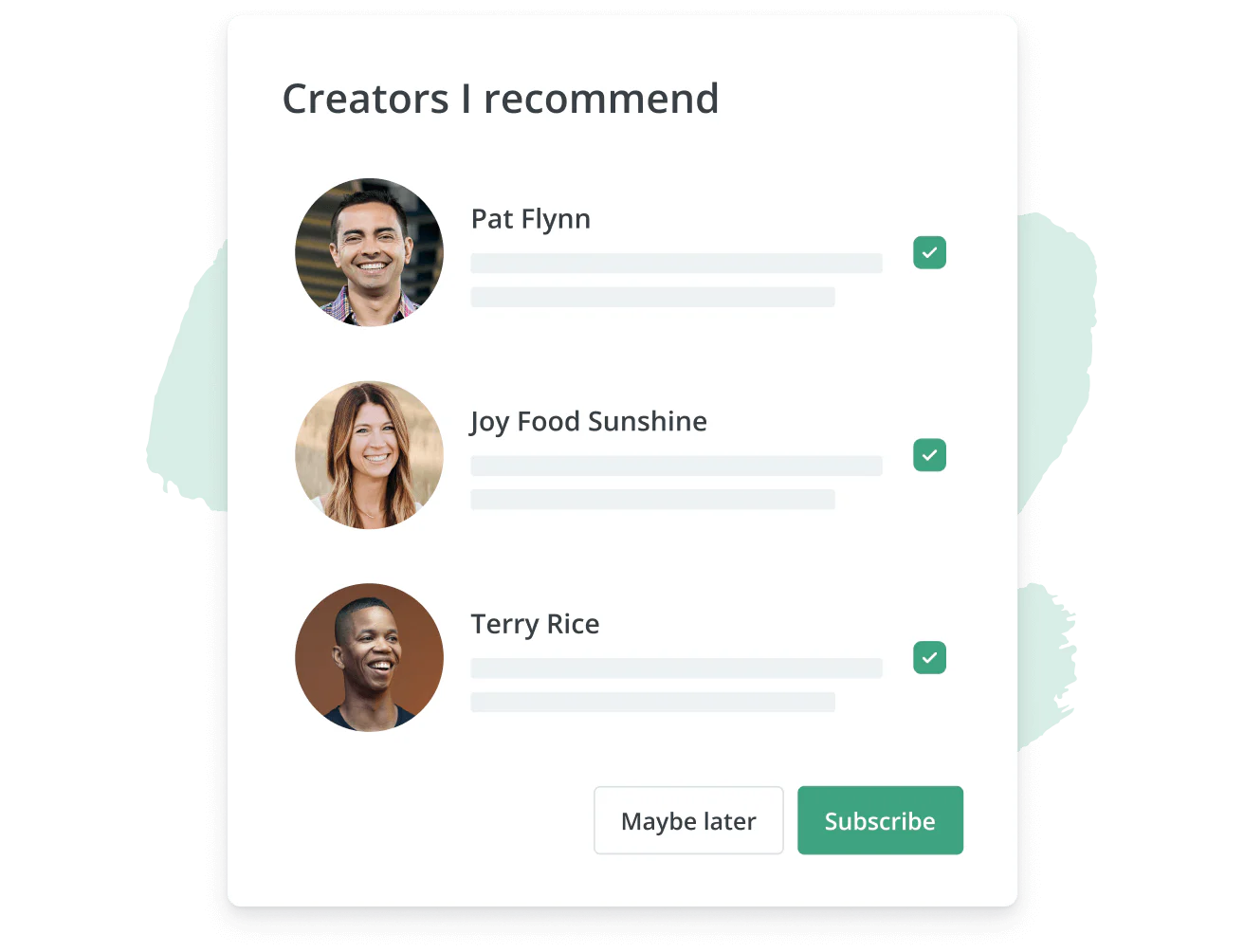In this Article
- What is a creator collaboration?
- Types of collaborations
- 8 examples of creator collaborations to inspire your own
- Why collaborating with other creators is worth it
- What makes a great-fit collaborator
- Where to find potential creator collaborators
- 3 ways collaborations can go wrong
- How to approach a potential collaborator
- Tips for a successful collaboration




![8 steps for crafting a high converting sales page [template included]](https://media.kit.com/post/HERO-high-converting-sales-page.jpg?fm=webp&w=320&q=70)
